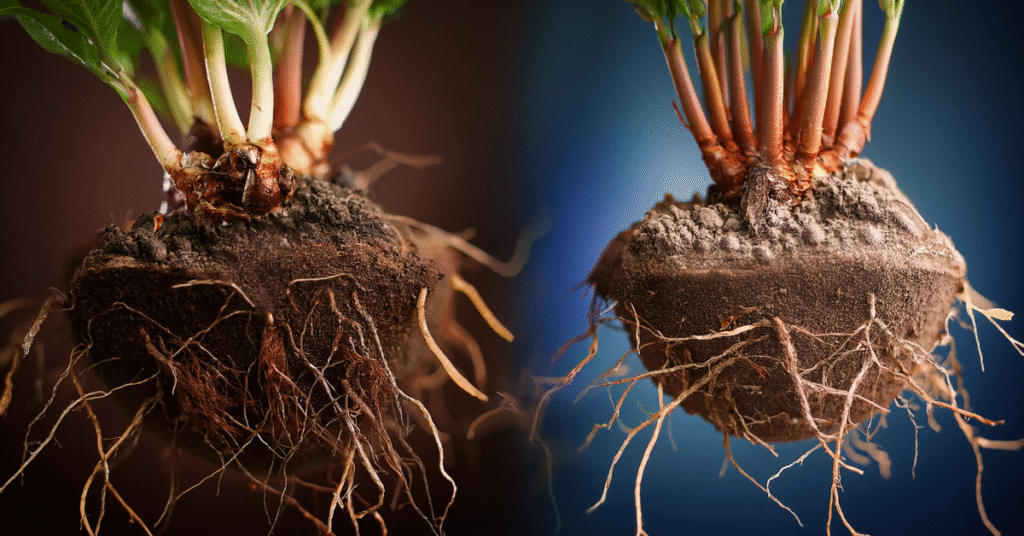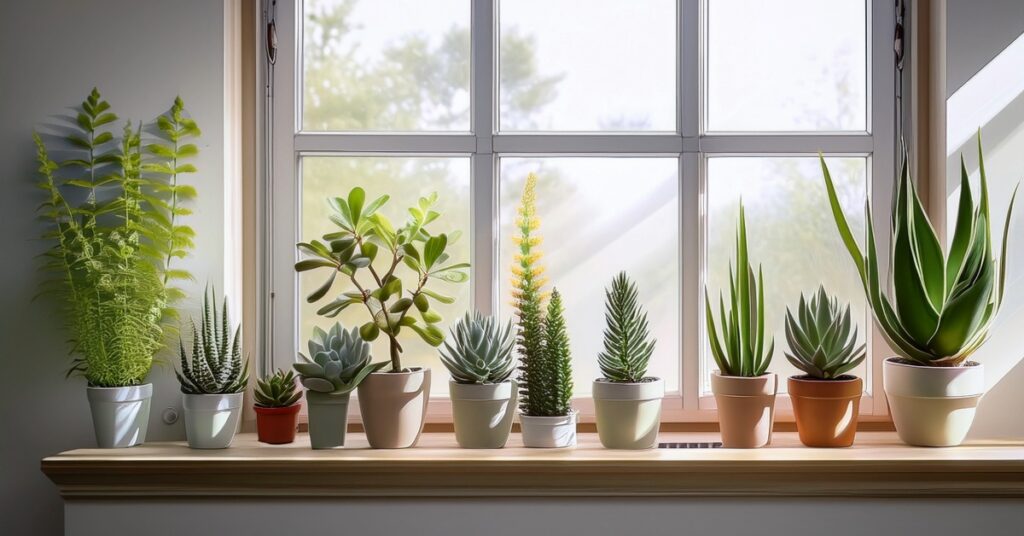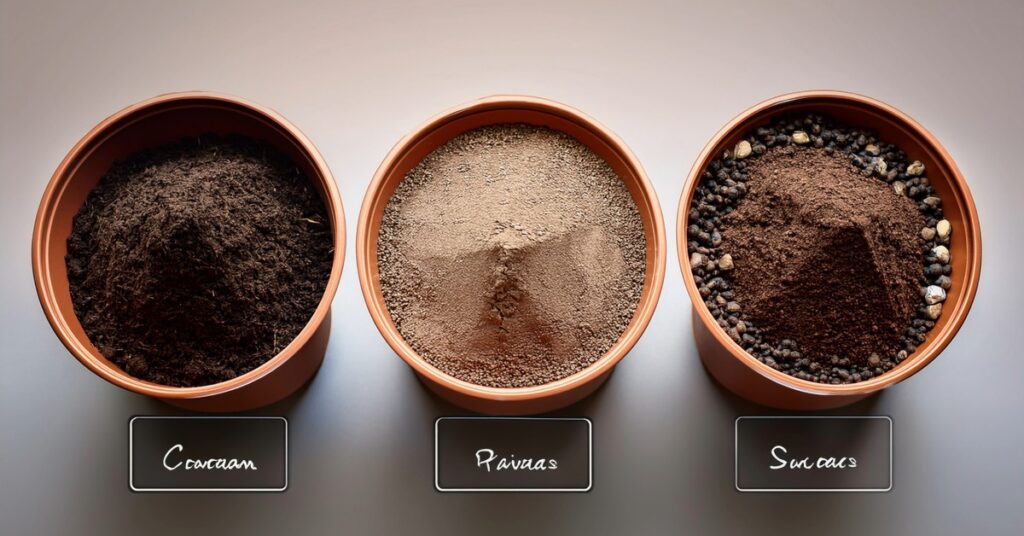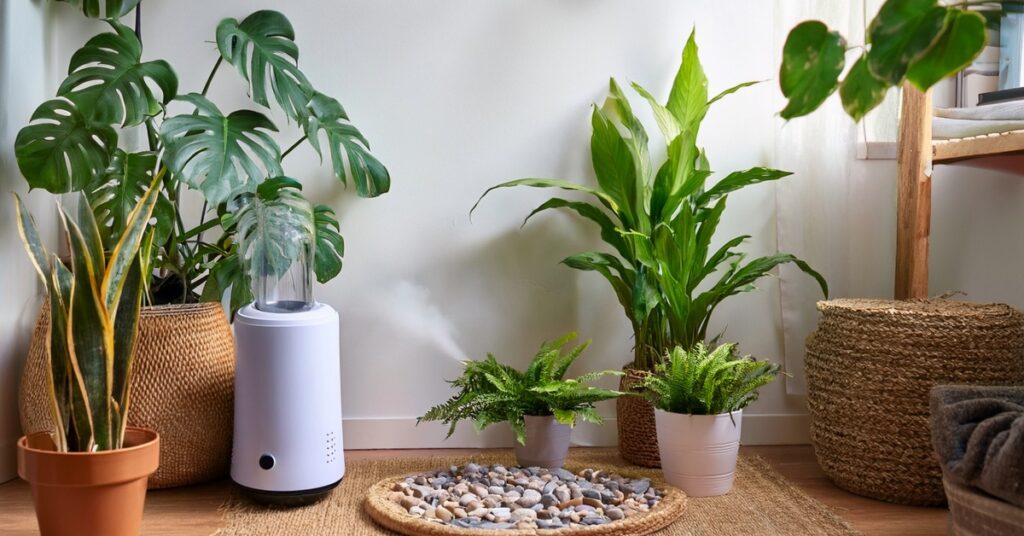You buy a new plant, water it daily, and still watch it wilt. Sound familiar? Most beginners face this frustration. The truth is, a few small plant care mistakes can make the difference between thriving greenery and dying leaves.
Caring for plants is exciting. They brighten our homes, improve air quality, and bring nature closer. But beginners often struggle. Don’t worry — with the right guidance, you can avoid these mistakes and grow healthy greenery.
This guide covers the five most common plant care mistakes. You’ll also learn simple fixes for each one. Let’s dive in!
Mistake 1: Overwatering Your Plants

Overwatering is the number one mistake most beginners make. Many people think plants need water every day, but that’s not true. Giving too much water actually harms your plant more than helping it.
When roots sit in water for too long, they lose access to oxygen. This creates soggy soil, root rot, and fungal diseases. The leaves then turn yellow, droop, and fall off. In short, overwatering is slow suffocation for your plant.
Signs of Overwatering:
- Yellowing leaves
- Mushy stems
- Mold on soil
- Constantly damp soil
How to Fix It: Always check the soil before watering. Stick your finger 1–2 inches deep into the soil. If it feels dry, it’s time to water. If it still feels moist, wait another day or two. Use pots with drainage holes and empty the saucer after watering. Remember, succulents and cacti need much less water compared to tropical plants.
👉According to the University of Minnesota Extension, overwatering is the leading cause of houseplant death.
Quick Tip: It’s safer to underwater a little than to overwater.
Mistake 2: Giving the Wrong Amount of Light

Plants need light as food. Without proper light, they can’t produce energy. Too little light makes them weak, while too much light burns their leaves.
When a plant doesn’t get enough light, it starts stretching toward the window and growing thin stems with fewer leaves. On the other hand, strong sunlight scorches leaves and causes fading patches.
Signs of Light Problems:
- Scorched or faded leaves
- Stretching toward light
- Slow or no growth
How to Fix It: Research your plant’s light needs. Low-light plants, such as snake plants and ZZ plants, do well in shaded areas. Bright-light plants, like succulents, need sunny spots near windows. Rotate pots every week to help even growth. If you don’t have enough sunlight, invest in grow lights.
The Royal Horticultural Society suggests rotating indoor plants weekly to prevent leaning and uneven growth.
Quick Tip: East-facing windows provide gentle morning sun, while south-facing windows offer the strongest light.
Mistake 3: Ignoring Soil and Potting Mix

Soil isn’t just dirt. It’s the foundation that provides plants with nutrients, oxygen, and support. Many beginners use any soil available, but the wrong type suffocates roots and traps too much water.
When soil compacts, it blocks airflow, leaving roots struggling. Without the right nutrients, leaves turn yellow and growth slows down.
Signs of Poor Soil:
- Stunted growth
- Root rot
- Yellowing leaves
How to Fix It: Always choose soil based on your plant type. Cacti and succulents need sandy, quick-draining soil. Tropical plants prefer rich, airy soil that holds some moisture but drains well. Refresh potting soil every 1–2 years to keep nutrients available. Avoid using garden soil in pots, as it compacts easily.
Quick Tip: Mix perlite, pumice, or coco coir into soil for better aeration.
Mistake 4: Forgetting About Fertilizer

Light and water aren’t enough to keep plants healthy. They need nutrients, too. Fertilizer provides the extra boost your plant needs for strong growth. However, beginners often make two mistakes: either not fertilizing at all or overdoing it.
Without fertilizer, plants become weak, pale, and slow to grow. On the other hand, too much fertilizer burns roots and leaves.
Signs of Fertilizer Problems:
- Yellow or pale leaves
- White crust on soil
- Brown leaf tips
How to Fix It: Use a balanced fertilizer, such as 10-10-10, for most plants. Fertilize only during the active growing seasons of spring and summer. Dilute liquid fertilizer to half strength before applying. Always water your plant first, then add fertilizer to prevent root burn.
Quick Tip: Less fertilizer is better than too much. Plants can recover from low feeding but not from burned roots.
Mistake 5: Ignoring Temperature and Humidity

Plants are highly sensitive to their surroundings. Extreme temperatures or dry air can stress them out. Beginners often overlook this factor.
If tropical plants are kept in very cold conditions, they wilt quickly. Dry indoor air also causes brown, crispy leaf edges. Constant drafts from windows or air conditioners can shock plants, leading to leaf drop.
Signs of Environmental Stress:
- Drooping or curling leaves
- Brown, crispy tips
- Slowed growth
How to Fix It: Keep plants away from heaters, radiators, and air conditioning vents. Use a humidifier to maintain humidity for tropical species. If you don’t have one, mist the leaves lightly or place plants on a pebble tray filled with water. Grouping plants together also increases humidity naturally.
Quick Tip: Most houseplants prefer 65–75°F temperatures with 40–60% humidity.
Bonus Mistakes Beginners Often Make
Apart from the main five, here are more plant care mistakes to avoid:
- Not repotting on time: Roots grow out of the pot, stunting development.
- Dusty leaves: Dust blocks sunlight and reduces energy production.
- Ignoring pests: Spider mites, mealybugs, and aphids spread quickly.
- Placing plants in drafty areas: Cold or hot drafts cause stress.
- Not researching plant needs: Every plant is unique. A cactus doesn’t need the same care as a fern.
👉 Want to start with easy plants? Check our guide on Best Indoor Plants for Beginners.
Final Thoughts
Caring for plants is a journey of learning. Mistakes happen, but each one teaches you something new. By avoiding these common plant care mistakes, you’ll help your plants thrive and grow beautifully.
Start with small steps. Watch your plants closely. Adjust water, light, and soil based on what you see. Over time, you’ll build the experience to grow a happy, healthy indoor jungle. Remember, plants don’t need perfection. They just need patience, consistency, and love.
Pick one mistake from this list and fix it today. Your plants will thank you! And if you’ve made a plant care mistake before, share your experience in the comments — it might help another beginner.
Frequently Asked Questions (FAQs)
How do I know if my plant needs water?
Check the top 1–2 inches of soil. If it feels dry, water the plant. If it’s still damp, wait before watering again.
What are the easiest houseplants for beginners?
Snake plants, pothos, and ZZ plants are very beginner-friendly. They tolerate low light and irregular watering.
How often should I fertilize indoor plants?
Fertilize once every 4–6 weeks during spring and summer. Avoid fertilizing during winter when most plants rest.
Can I use garden soil for indoor plants?
No. Garden soil compacts and lacks proper drainage. Always use potting mixes designed for houseplants.
Why are my plant’s leaf tips turning brown?
Brown tips usually mean low humidity, inconsistent watering, or fertilizer burn.

